Westfield First National Bank (1930)
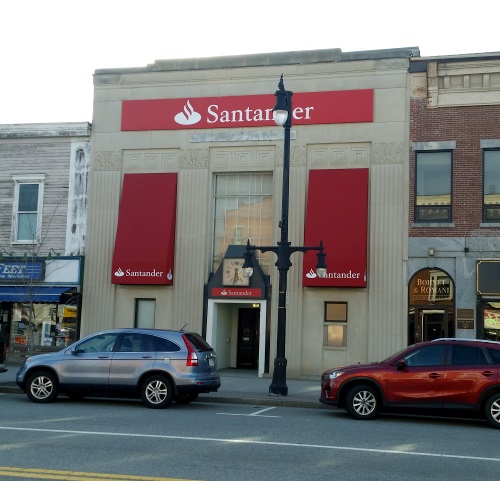
Now a branch of Santander Bank, the building at 30 Elm Street in Westfield was built c. 1930 as the Westfield First National Bank.

Now a branch of Santander Bank, the building at 30 Elm Street in Westfield was built c. 1930 as the Westfield First National Bank.
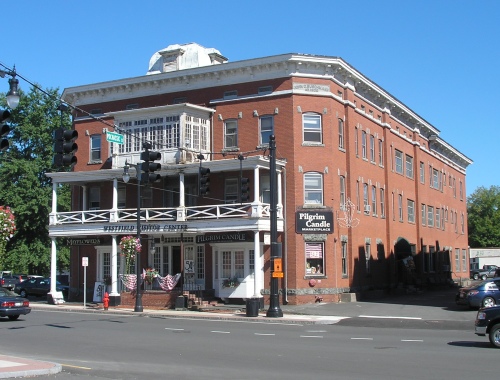
In the early 1860s, businessman John C. Buschmann established the Railroad House Hotel on Depot Square, near the train station, in Westfield. In 1899 his son, Thomas Buschmann, hired architect Augustus W. Holton to design a larger hotel to replace the existing one. Called the Bismarck Hotel, it opened in 1900. The building (16 Union Avenue) continued as a hotel until 1930, after which it housed a series of small industrial firms. In 2001 it was acquired by Pilgrim Candle, which already occupied Buschmann’s Block next door. Continue reading “Bismark Hotel (1900)”

The railroad depot in Westfield (16 North Elm Street) was built in 1879. Today the former railroad station houses an insurance business.
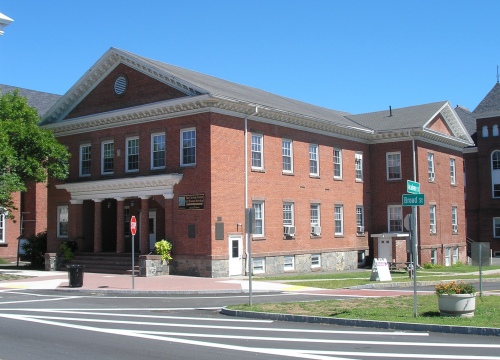
The building at 20 Broad Street in Westfield, erected in 1837-1838, served as Town Hall from 1839 until 1920, when a city government was organized. It then continued as City Hall until 1958. The building also held the first formally organized Westfield High School classes from 1855 until 1867. The old Town/City Hall once had a cupola, which was removed in 1912. The neighboring First Congregational Church purchased the building in 1962. It now houses The Carson Center for Human Services.
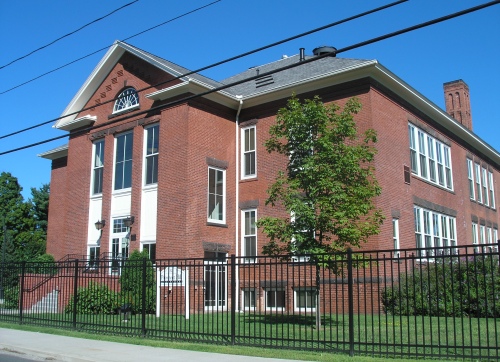
The former Prospect Hill School at 33 Montgomery Street in Westfield was erected in 1897 to replace an earlier school building on the site, erected c. 1850s-1860s. The new school building was designed by local architect Augustus W. Holton and originally had eight classrooms and a recessed entry with a portico. In 1919 the building was enlarged and altered, with two more classrooms and an auditorium being added, the new front entry being in a projecting central pavilion. The school closed in 1991. The school building was later redeveloped as apartments.
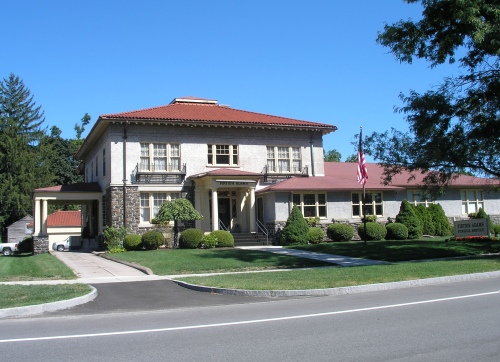
The Firtion Adams Funeral Home in Westfield is located in a distinctive craftsman/Spanish eclectic-style house located at 76 Broad Street. The house was erected c. 1920.
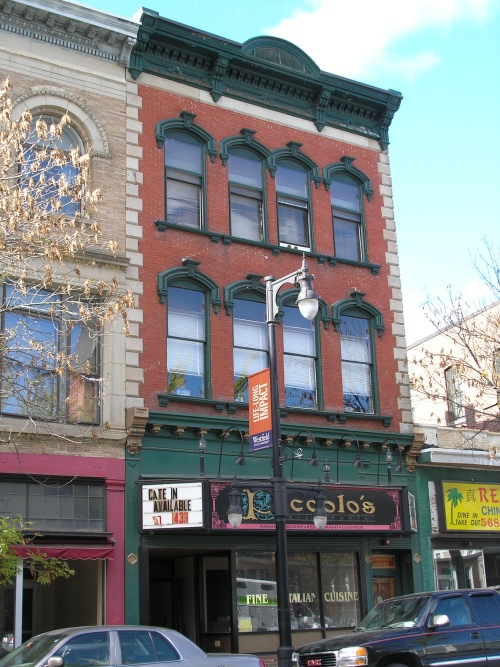
A fine example of Italianate commercial architecture, the building at 110 Elm Street in Westfield was built in 1860 by John J. Freed. Originally the location of a saloon, the building was acquired in 1878 by a group intending to use it as a headquarters for the local temperance movement. Instead it was sold to R. F. Parker, who converted it to business use. The Westfield Y. M. C. A., formed in 1888, used the building until it erected a new building across the street in 1900. Moriarity’s Shoe Store occupied the building starting in 1957.